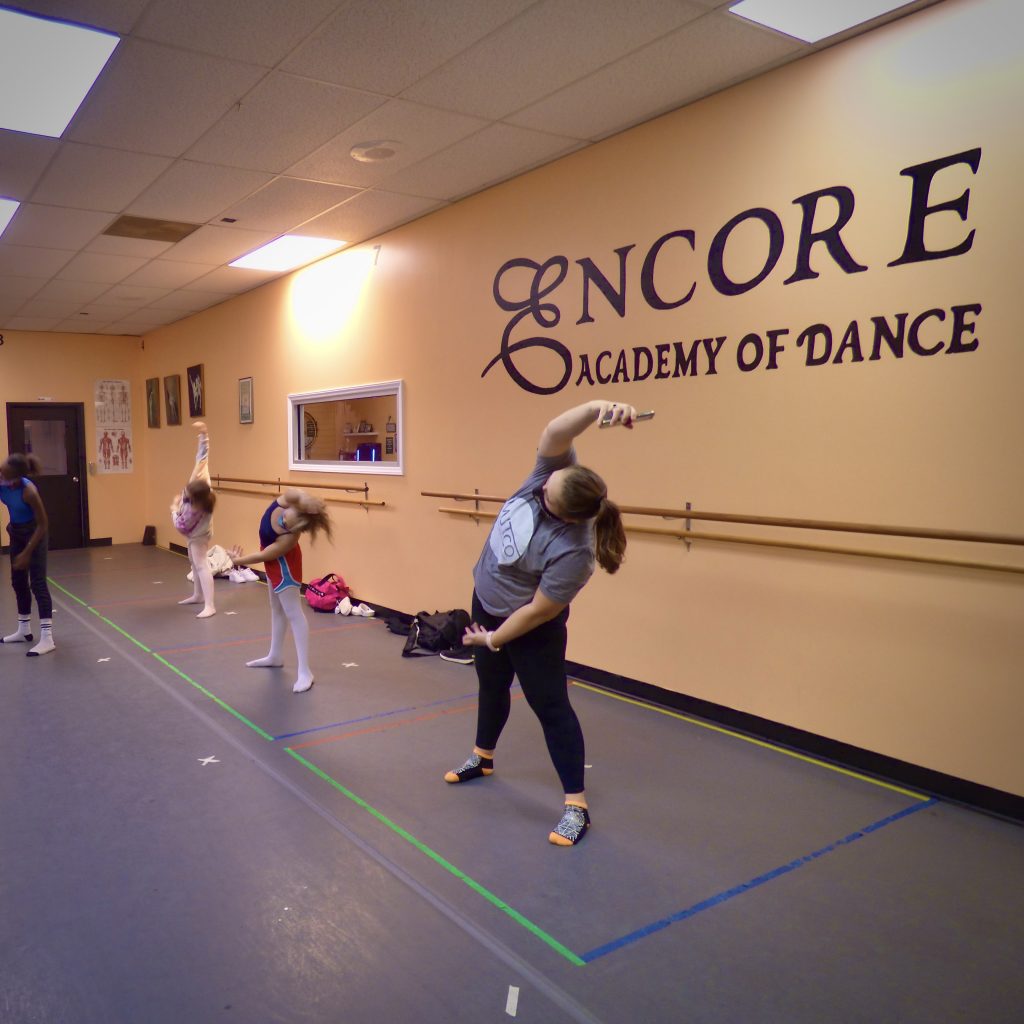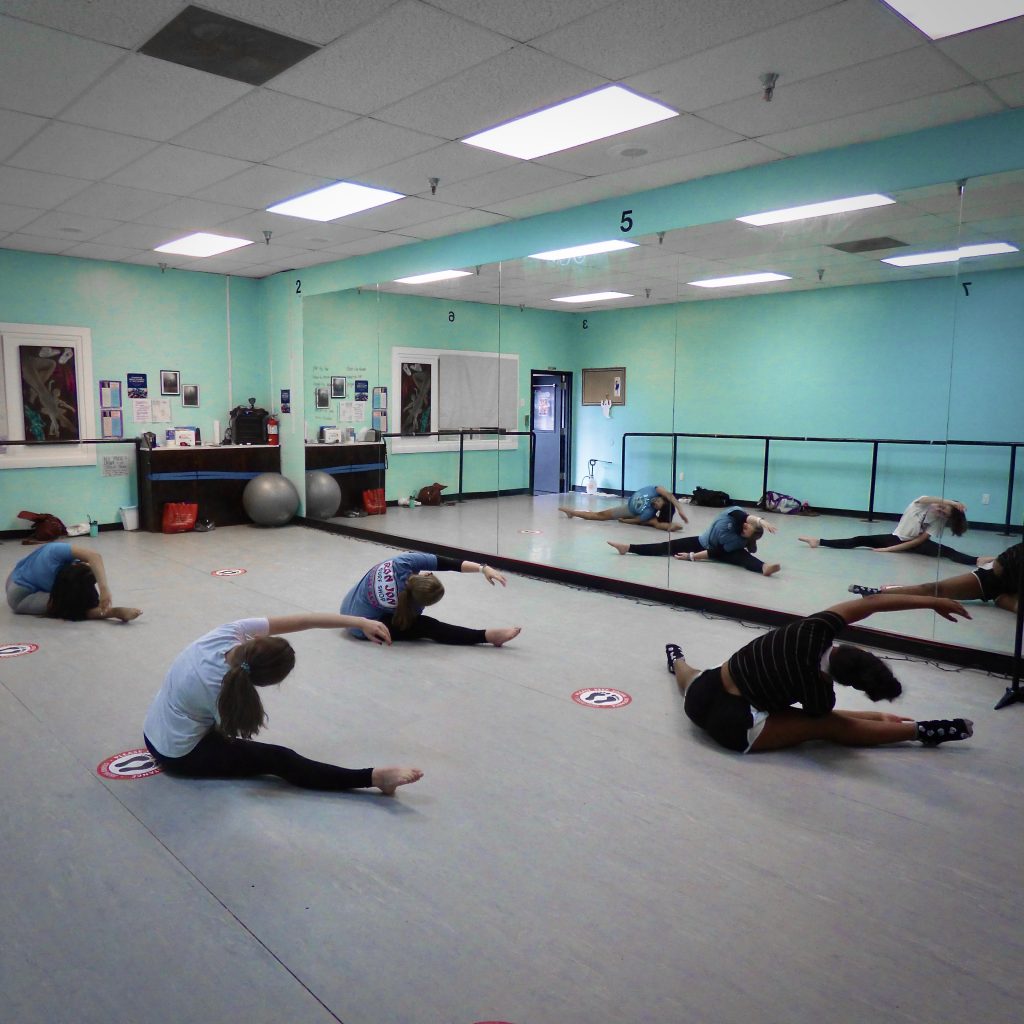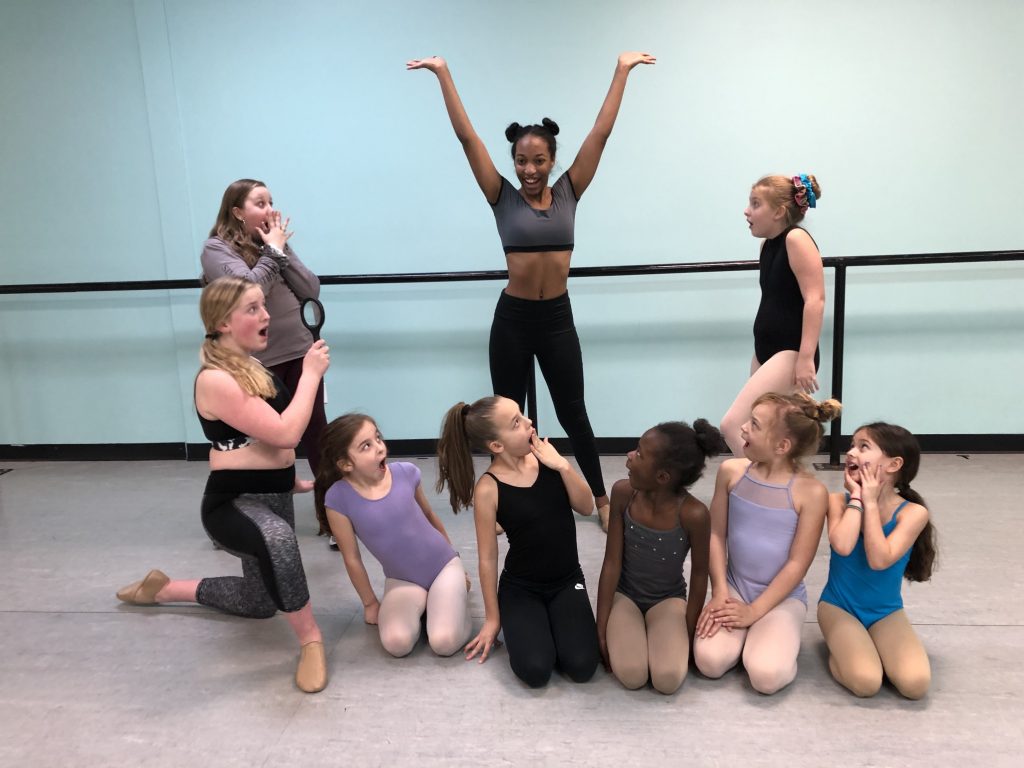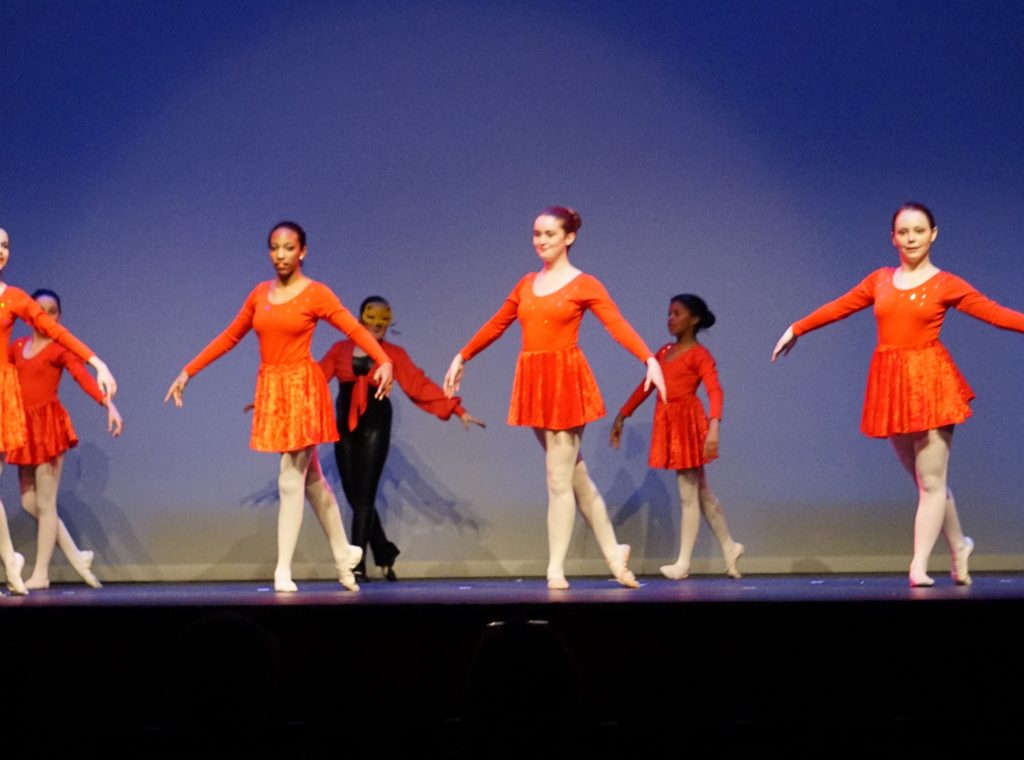Over flexibility has become the norm, especially with social media being stacked with photos of dancers of all genres contorting themselves into all sorts of dangerous positions.
But is it necessary to be hyper-flexible to become a professional dancer? This is a matter of opinion, but it’s clear that at many competitions, contortion-like penchés and développés are being rewarded with medals, scholarships, and contracts. Can extreme stretching cause injuries down the line? Definitely, especially if done too much or too quickly, without proper training.
Dancers should avoid overstretching in extreme positions at all costs! In an over-split, loosening the ligaments that protect your hips and knees, which — by the way once done can’t be undone — presses the femur bone into the acetabula at a damaging angle, and with that much push, you can injure the labrum which can create a tear in the cartilage of the hips. Dancers with hypermobility can easily mobilize their joints more than they are designed to move. In people with hypermobility, static stretching can cause joint destabilisation.
But won’t being flexible help me progress as a ballet dancer? Ballet dancers need more than just a high battement. They also need to jump high and turn, which all require core strength. Flexibility does play a role, but it is not necessary to hold extreme positions, because it’s not functional for classical ballet. In fact, did you know that high kicks, leaps, and penches were not a standard of ballet until the late 1900s?
It’s important for dancers to understand and remember the correct term is ‘classical ballet’ and “classical” is what we are aiming to achieve in every movement.
Overextended stretching can also have a negative effect on your muscle contraction by decreasing your ability to jump high and by interfering with controlled landings. Stretching, extreme or not, should always be done with proper training and care.
To safely develop an appropriate amount of flexibility, dancers should warm up first and avoid holding individual stretches for too long. If you want to gain more flexibility, then you should hold stretches for shorter periods but repeat more often throughout the week to safely lengthen the muscle.
The slower you build the stretch, the safer it is for you.
Stretching can be uncomfortable, but should never be painful. If you are unable to take deep breaths, stop. Over flexible ballet dancers often struggle to find their limit and should avoid using gadgets that may easily push the joint too far.
Flexibility is just one part of the job when you lift your legs. Ballet classes or technique classes with conditioning to help build abdominal and back muscles are the foundation for being able to lift the legs to high battements or arabesques. Once the core is warmed up, the stretching that should be naturally worked into each class will assist the dancer’s abilities.
Dancers and parents alike get fixated by what they see on social media or television, thinking that being over flexible is a sign of a good dancer. But it simply is not. Good technical dancing is all about placement. At Encore, our approach to ballet is based on core strength and controlled movements not the increasingly gymnastic like tricks.
While it’s difficult to scroll past the latest social media post and not feel jealous, you should focus on yourself as an individual dancer. Ballet dancers are trained to be much stronger, faster, and more coordinated than they were in the past. These things are just as important to focus on as flexibility.
At Encore Academy of Dance, we offer classical ballet technique classes, to guide and aid young dancers how to safely build strength and gain flexibility in a safe way. Little and often is key! Always ask a professional for advice, and look after your body, it is the only one you have! Remember, it’s a marathon, not a race!






